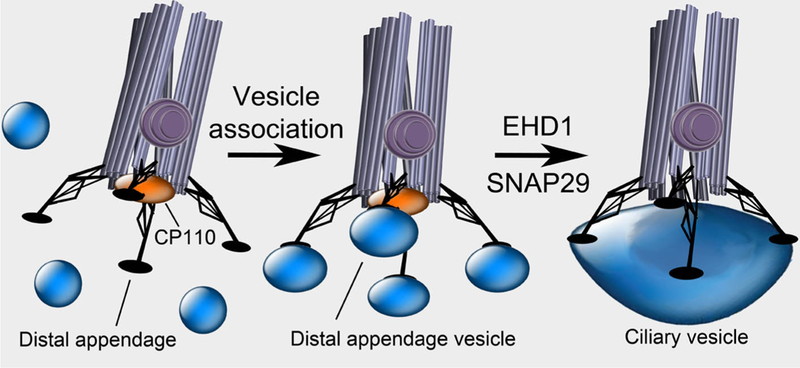Figure 1. Stages of mother centriole landing on the ciliary vesicle.

The mother centriole is distinguished from the daughter centriole by appendages including the basal foot (purple) and the distal appendages (black). Extension of ciliary microtubules is blocked by CP110 (orange). Through the distal appendages, the mother centriole docks to the membrane of vesicles. EHD1 and SNAP29 convert these distal appendage vesicles into a single ciliary vesicle. As EHD1 can tubulate membranes and SNAP29 can fuse them, membrane distortion and fusion may be essential for this step. Formation of the ciliary vesicle is associated with removal of CP110, allowing for subsequent ciliogenesis.
